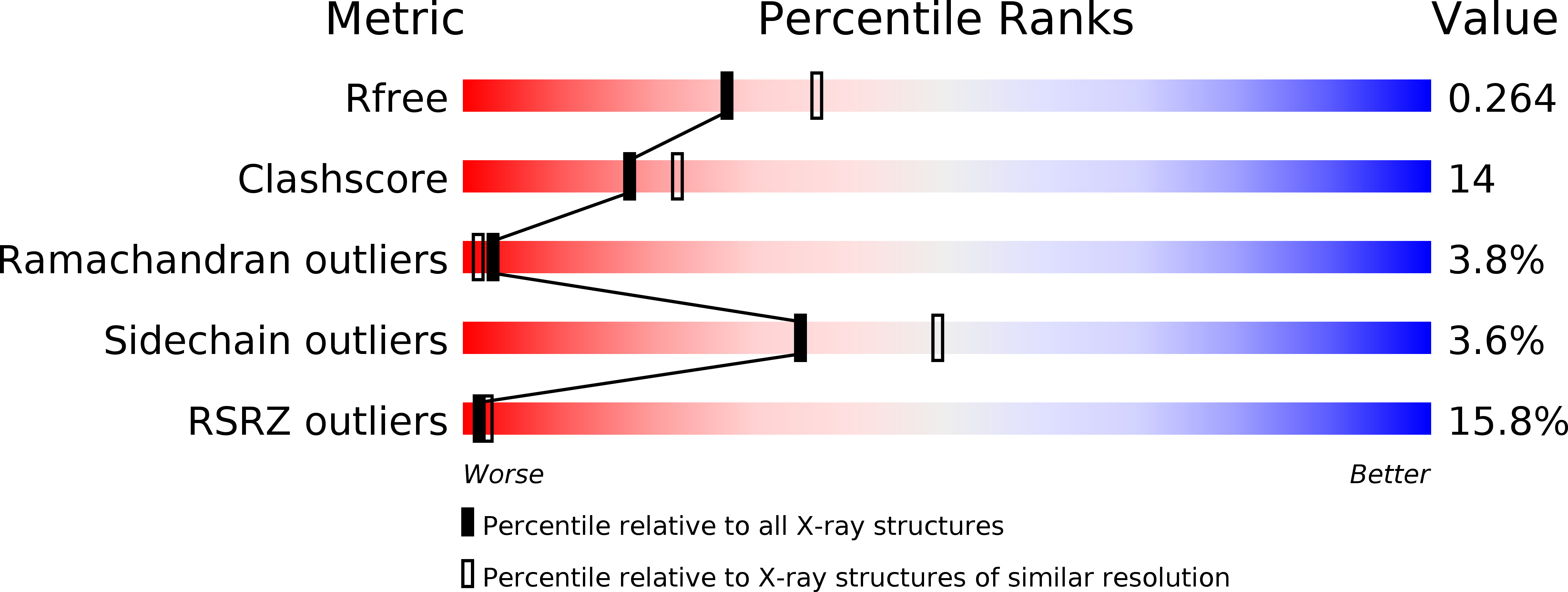
Deposition Date
2008-08-04
Release Date
2008-10-07
Last Version Date
2024-02-21
Entry Detail
PDB ID:
3E1U
Keywords:
Title:
The Crystal Structure of the Anti-Viral APOBEC3G Catalytic Domain
Biological Source:
Source Organism:
Homo sapiens (Taxon ID: 9606)
Host Organism:
Method Details:
Experimental Method:
Resolution:
2.30 Å
R-Value Free:
0.26
R-Value Work:
0.25
R-Value Observed:
0.25
Space Group:
C 1 2 1


